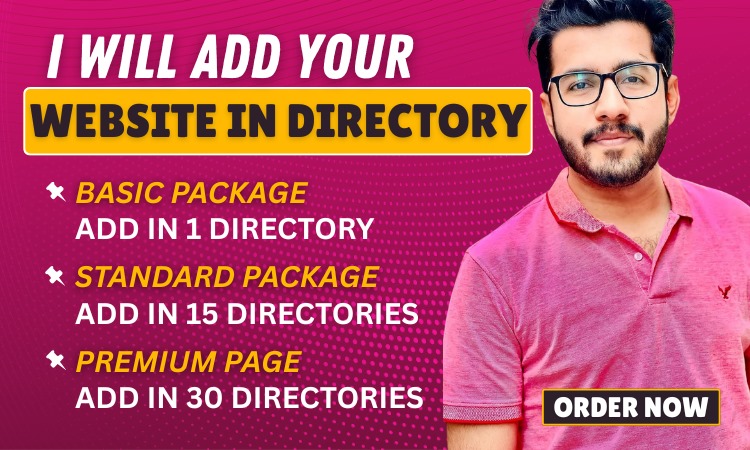If you’ve ever tried managing observability in a modern system, you know the struggle. Logs live in one place, metrics in another, and traces are buried under endless dashboards. By the time you connect the dots, the incident is already causing downtime. That’s where dash0 steps in — a platform designed to make observability simple, predictable, and developer-friendly.
What is Dash0?
Dash0 is an OpenTelemetry-native observability platform built to unify metrics, logs, and traces into one powerful system. Instead of juggling multiple tools or paying unpredictable costs, teams get a single solution that’s flexible, transparent, and fast.
Why Dash0 Matters in Today’s Engineering World
-
Complex Systems Demand Clarity: With microservices, containers, and cloud-native apps, debugging is harder than ever. Dash0 connects all telemetry data so nothing slips through the cracks.
-
Cost Predictability: Unlike tools that charge for hosts or seats, dash0 uses a straightforward volume-based model.
-
Built for Engineers: Every feature is designed with developers, SREs, and platform engineers in mind.
Key Features of Dash0
1. Metrics That Scale
Monitor performance indicators with long-term retention and blazing-fast queries.
2. Distributed Tracing
See every request across services and spot bottlenecks instantly.
3. Contextual Logs
Logs are tied directly to traces and metrics, giving you the full picture.
4. Service Maps and Dashboards
Visualize your architecture and track performance without extra setup.
5. Smart Alerts
Stay ahead of incidents with alerts and synthetic checks that prevent downtime.
6. Config as Code
Manage dashboards and alerts as part of your infrastructure for consistency.
How Dash0 Works Behind the Scenes
At the core of dash0 is ClickHouse, a powerful database optimized for analytics. This means queries run at lightning speed, even with massive telemetry volumes. Plus, because dash0 is fully OTel-native, your data remains open and portable.
Who Should Use Dash0?
-
Developers who want faster debugging.
-
SREs focused on reducing MTTR.
-
Platform Engineers managing Kubernetes workloads.
-
Growing Teams looking for affordable observability.
Dash0 Pricing Model
One of the biggest reasons teams switch to dash0 is cost transparency. Instead of guessing what your bill will look like, you pay based on the telemetry you send. Built-in cost dashboards help you track usage across services and avoid waste.
Dash0 vs Other Tools
Dash0 vs Datadog
Datadog offers lots of features but at a premium price. Dash0 keeps things lean, affordable, and OTel-first.
Dash0 vs New Relic
New Relic uses proprietary data handling, while dash0 sticks to open standards.
Dash0 vs Grafana/Prometheus
Grafana and Prometheus require significant setup. Dash0 delivers ready-to-go observability out of the box.
Use Cases for Dash0
-
Monitoring cloud-native apps and Kubernetes clusters.
-
Debugging microservices in real time.
-
Linking alerts directly to logs, traces, and metrics.
-
Keeping observability costs under control.
Real-World Example with Dash0
Imagine your API response times spike. With dash0, you’d see the metrics spike, follow the trace to the failing service, and confirm the issue in logs — all in one place. That’s faster resolution and less guesswork.
Best Practices for Using Dash0
-
Keep consistent labeling across telemetry.
-
Use trace sampling to manage volume.
-
Review cost dashboards weekly.
-
Automate dashboards with config-as-code.
The Future of Observability with Dash0
As OpenTelemetry adoption grows, dash0 is setting the standard for transparent, open, and efficient observability. It’s more than just another tool — it’s a smarter way to build reliable systems.
Conclusion
Dash0 empowers engineering teams to monitor, debug, and optimize systems without the usual complexity. With unified telemetry, transparent pricing, and an engineer-first design, dash0 makes observability work the way it should.
FAQS
Q1: What is dash0 used for?
Dash0 unifies logs, metrics, and traces for full observability.
Q2: How is dash0 priced?
Pricing is volume-based, so you only pay for the telemetry you send.
Q3: Does dash0 work with Kubernetes?
Yes, dash0 offers deep insights into workloads, pods, and namespaces.
Q4: Why choose dash0 over Datadog?
Dash0 is more affordable, fully OTel-native, and avoids vendor lock-in.
Q5: Is dash0 good for startups?
Absolutely — it’s affordable, scalable, and easy to set up.




